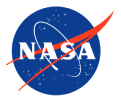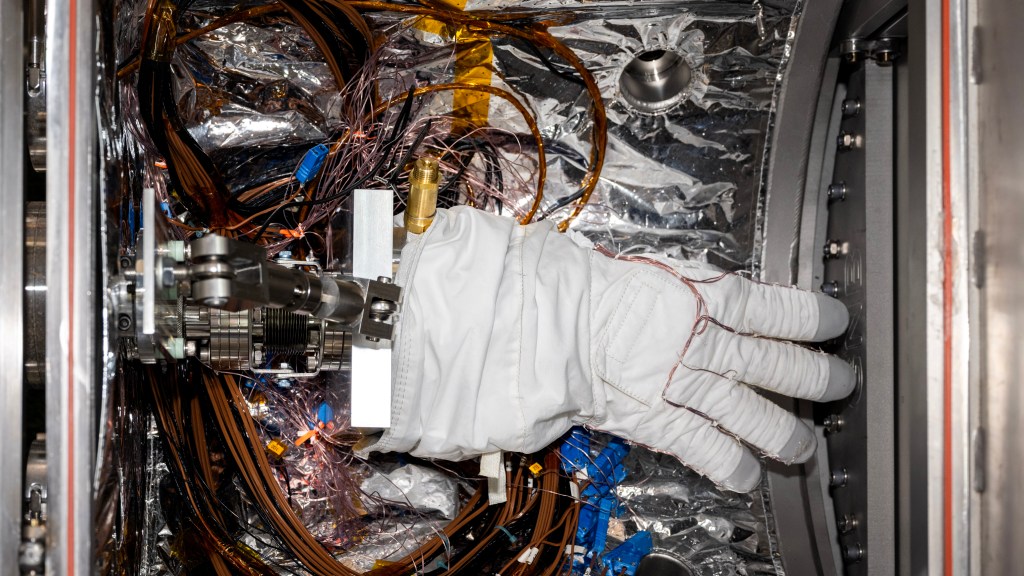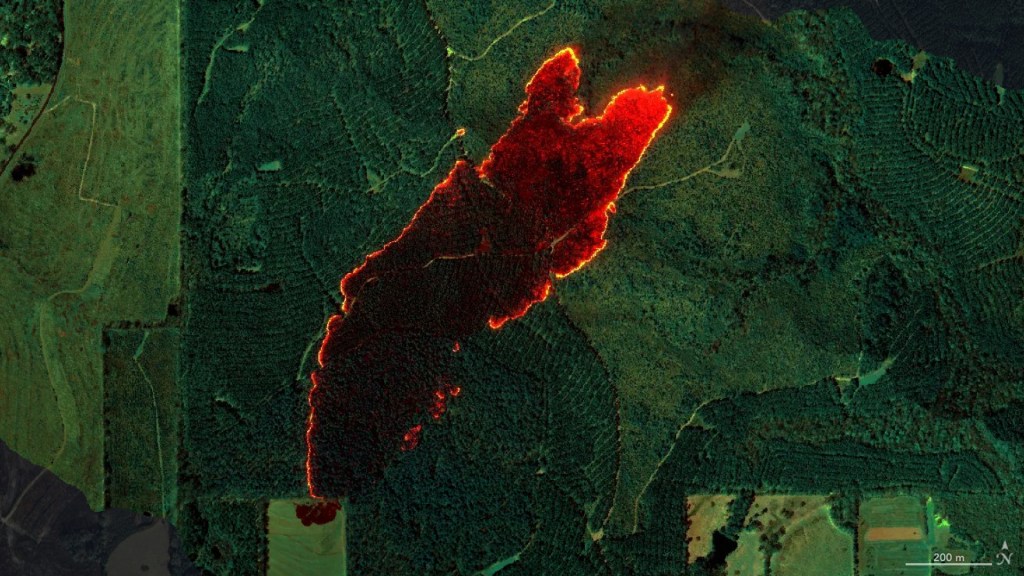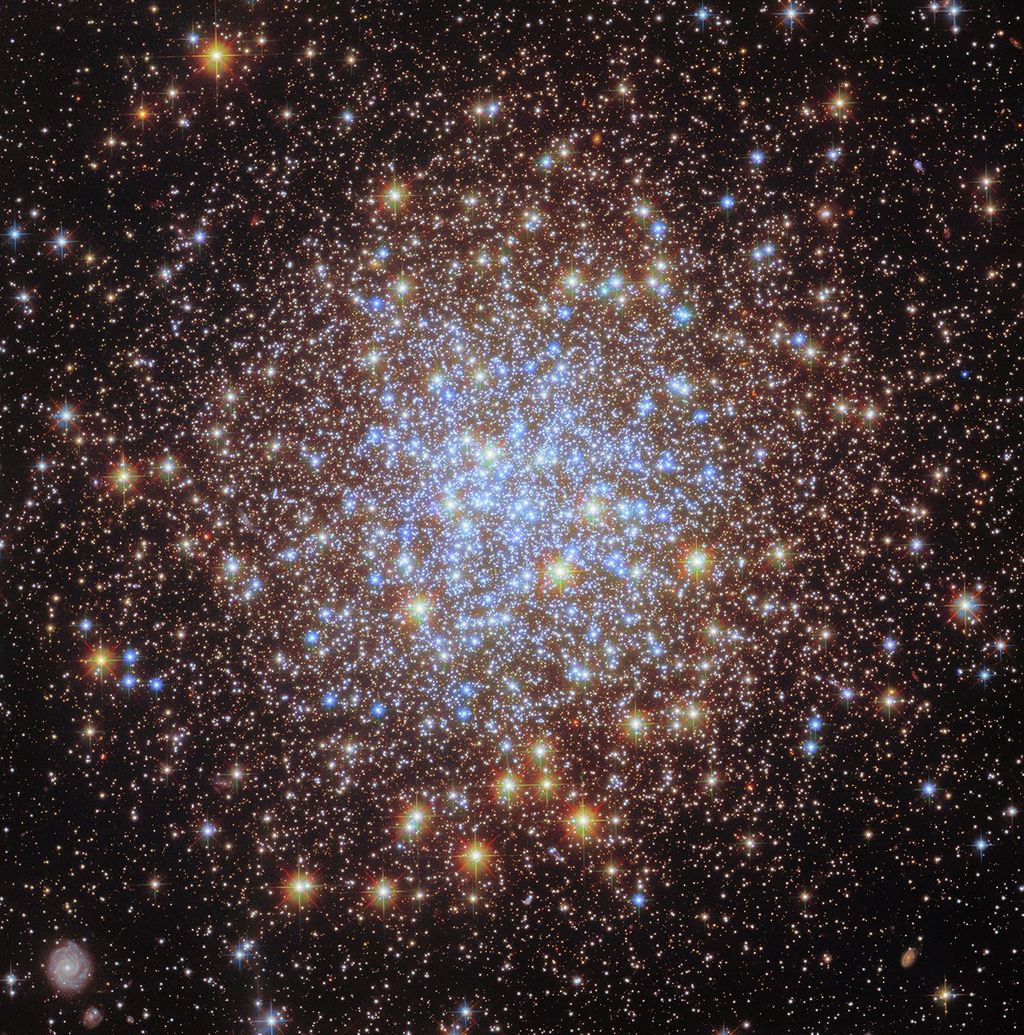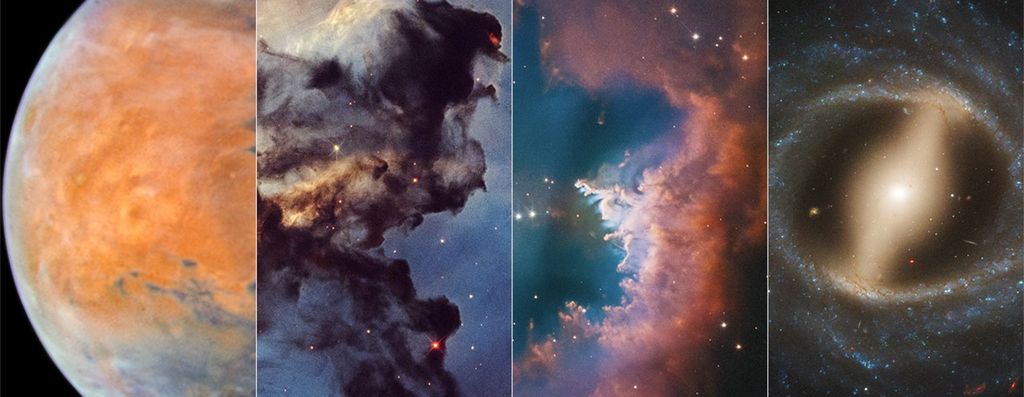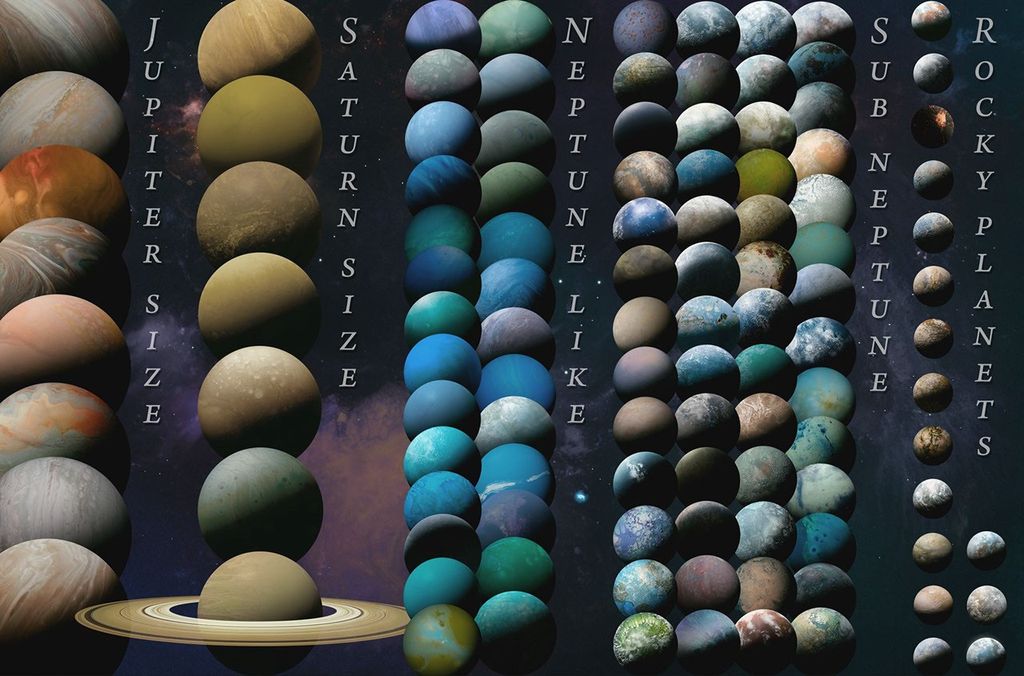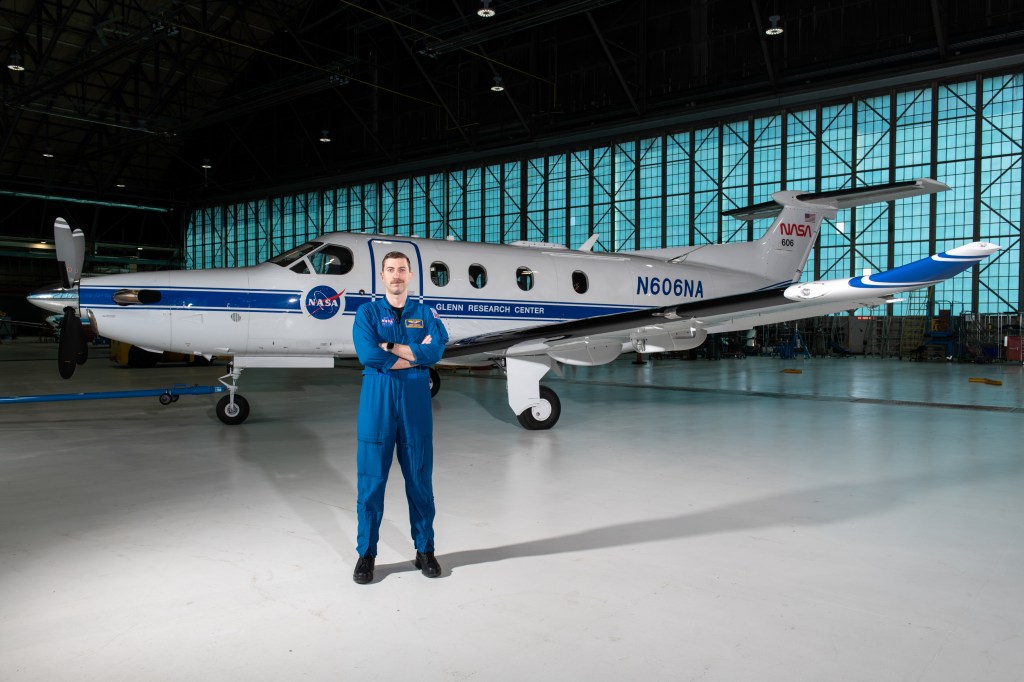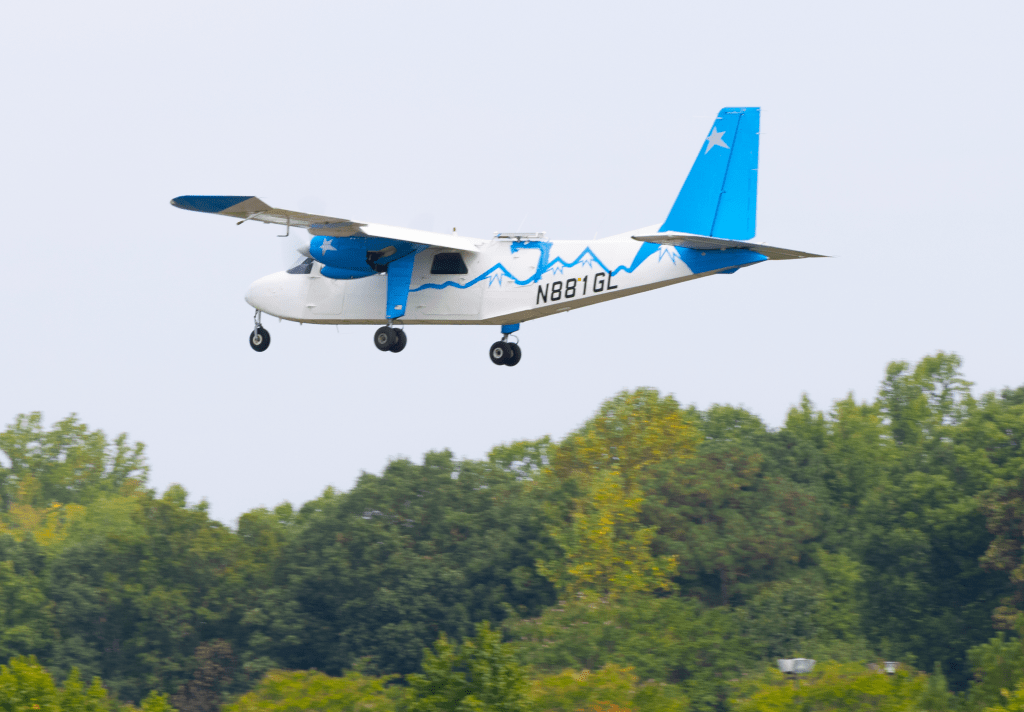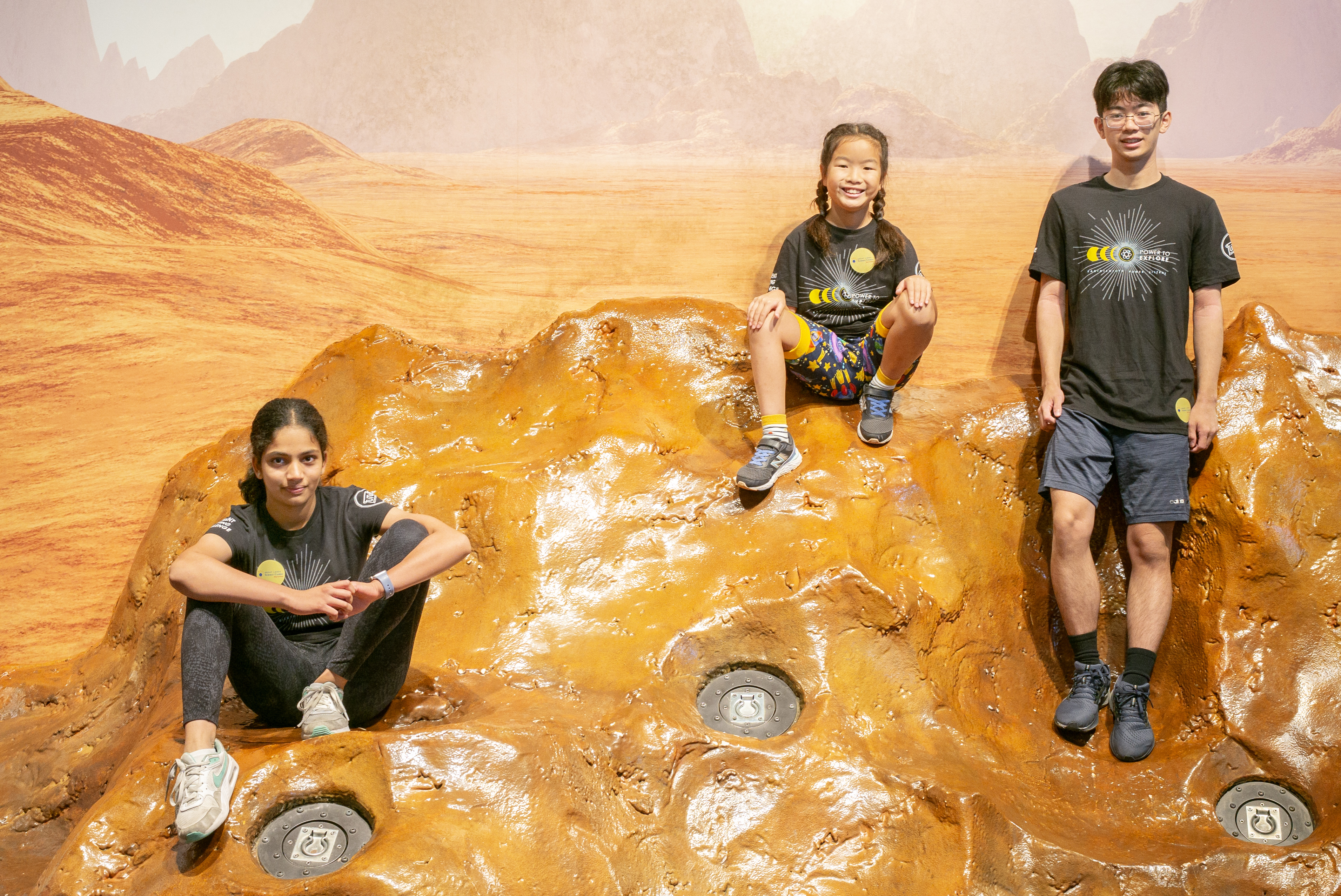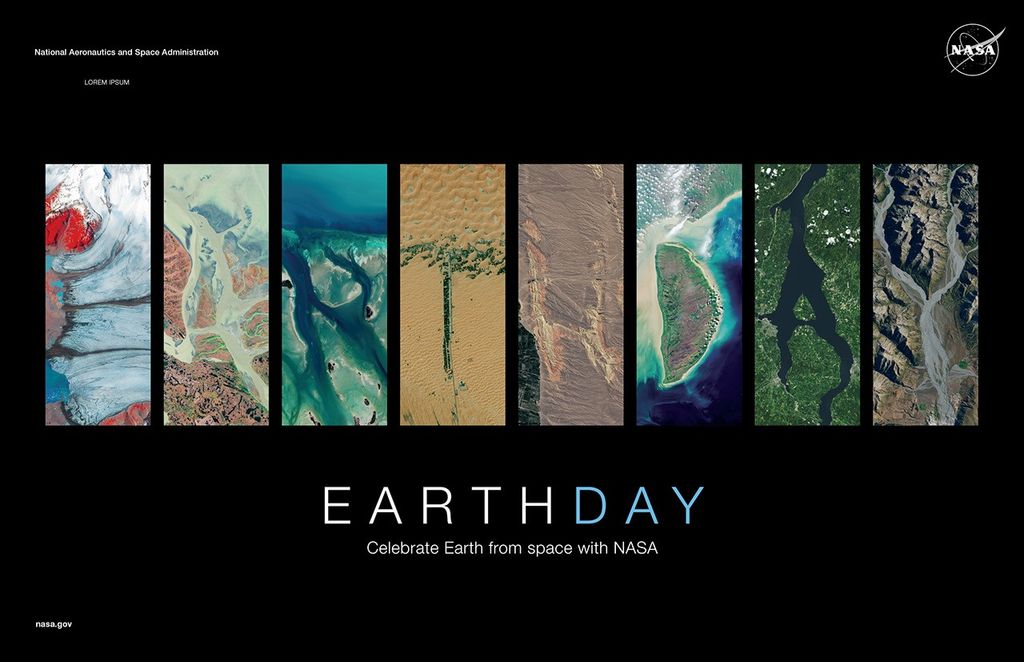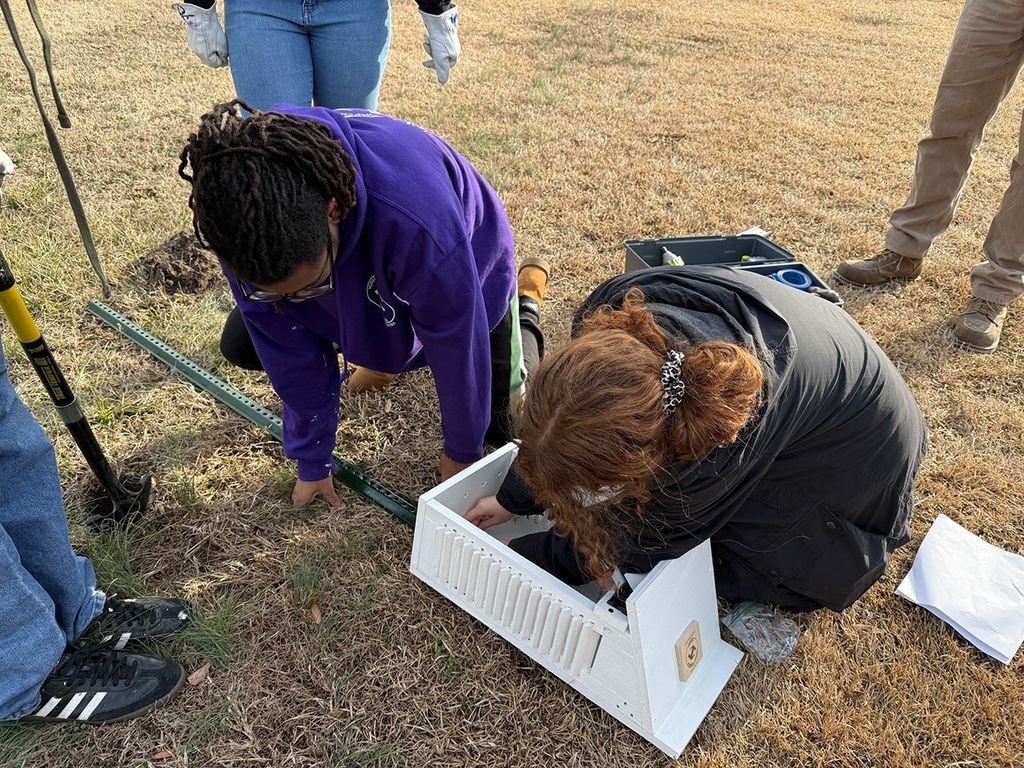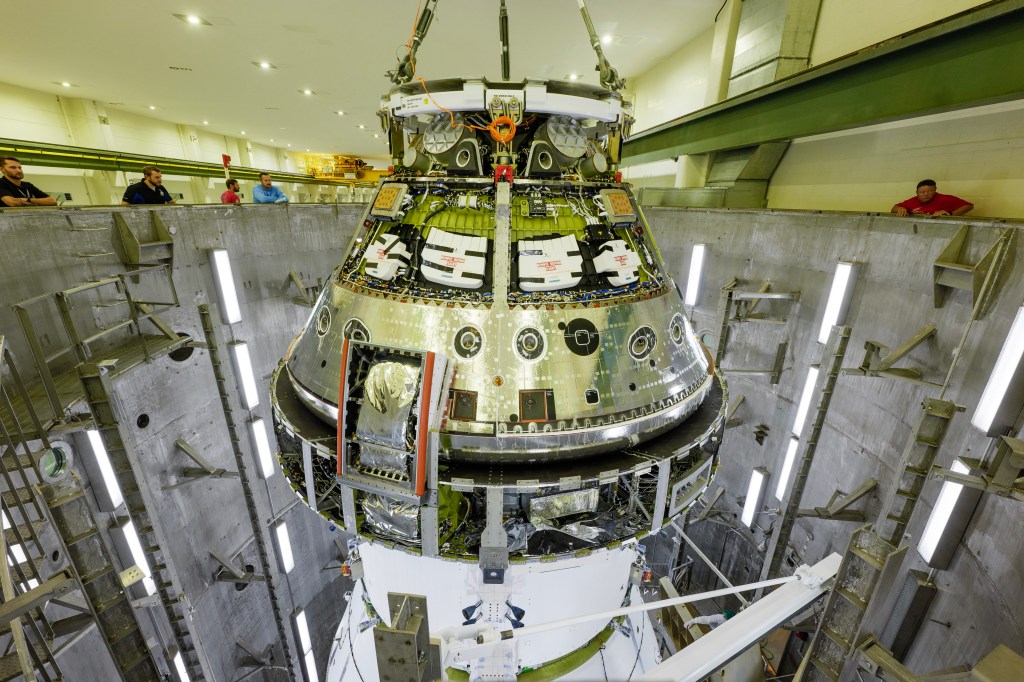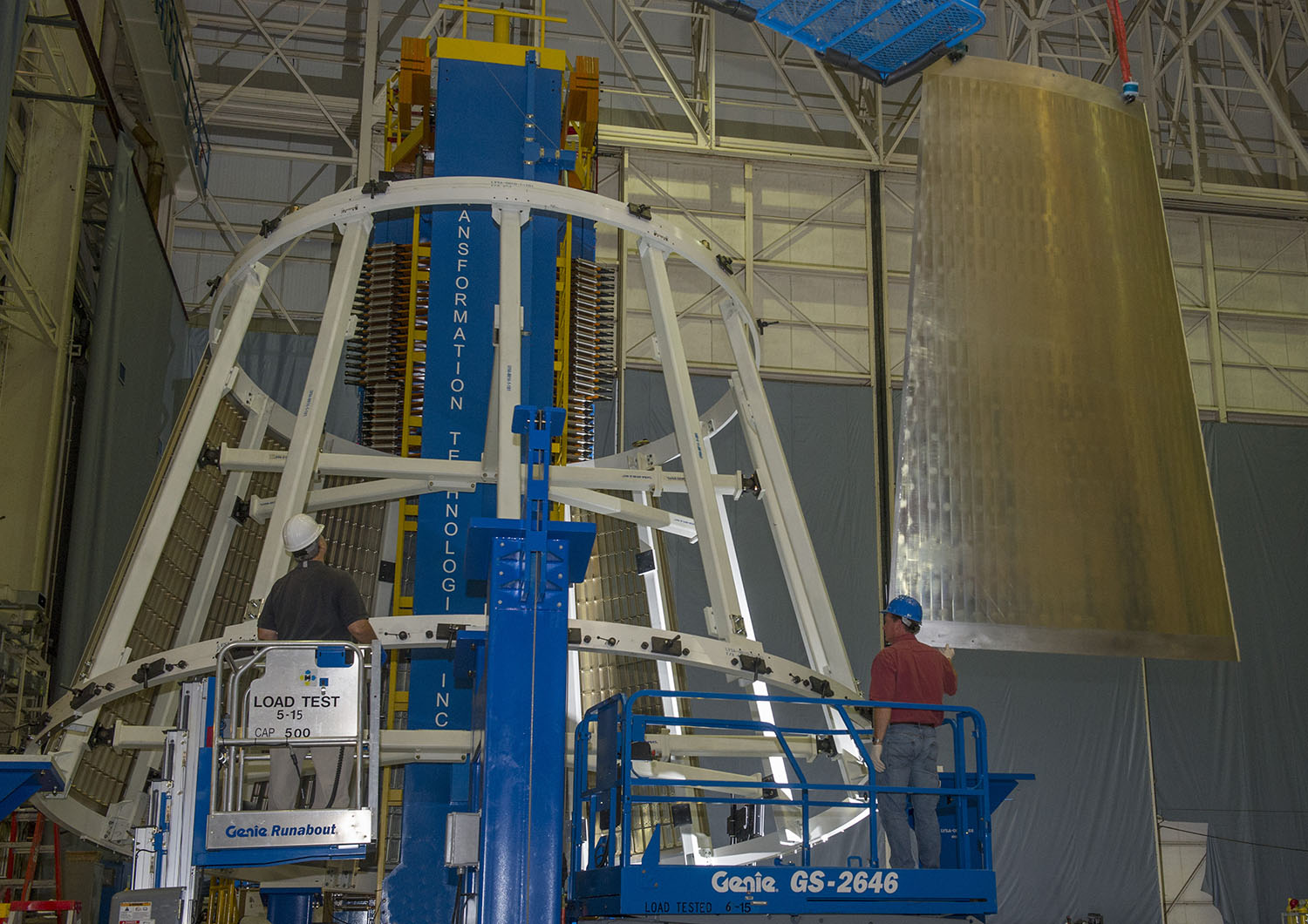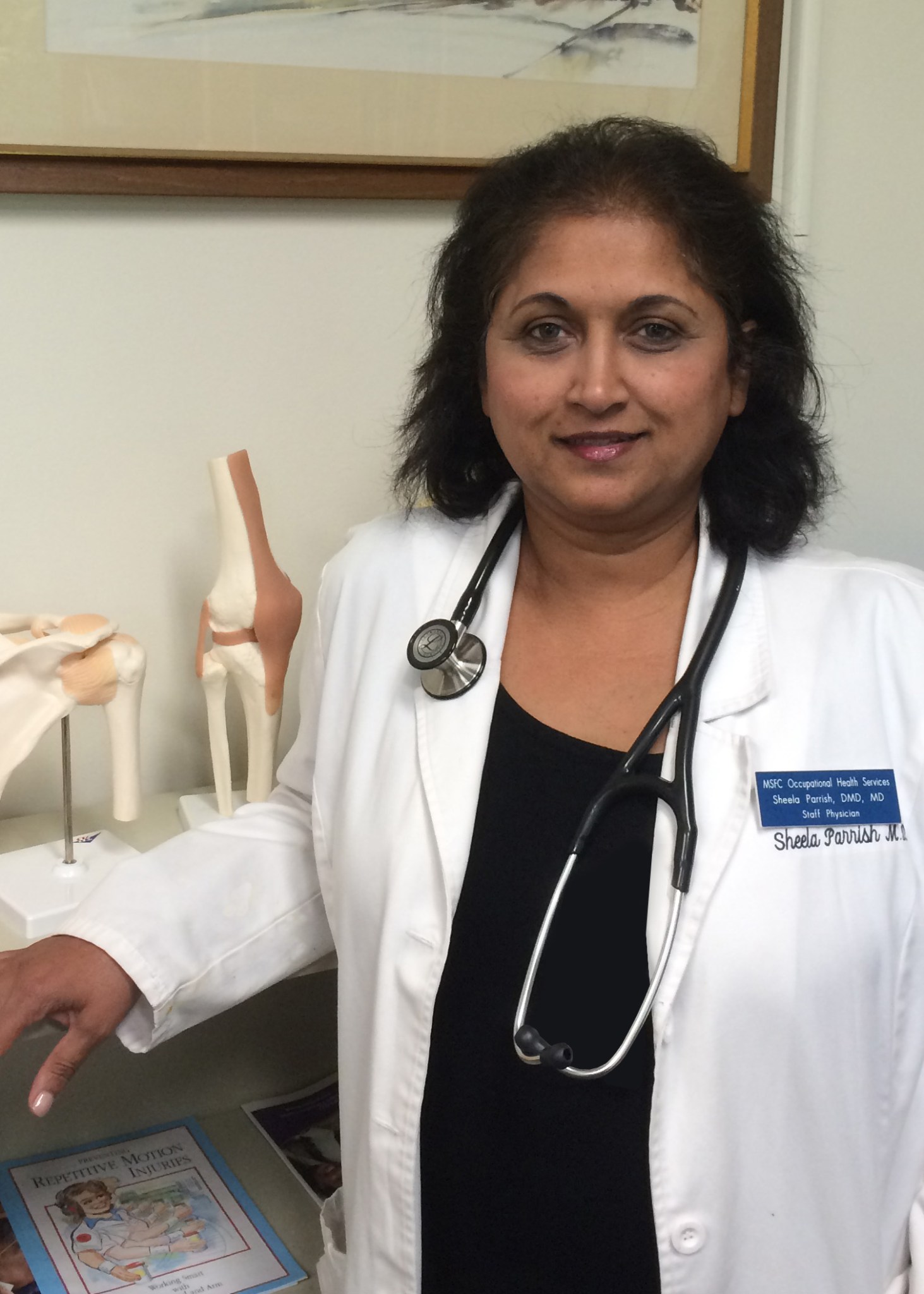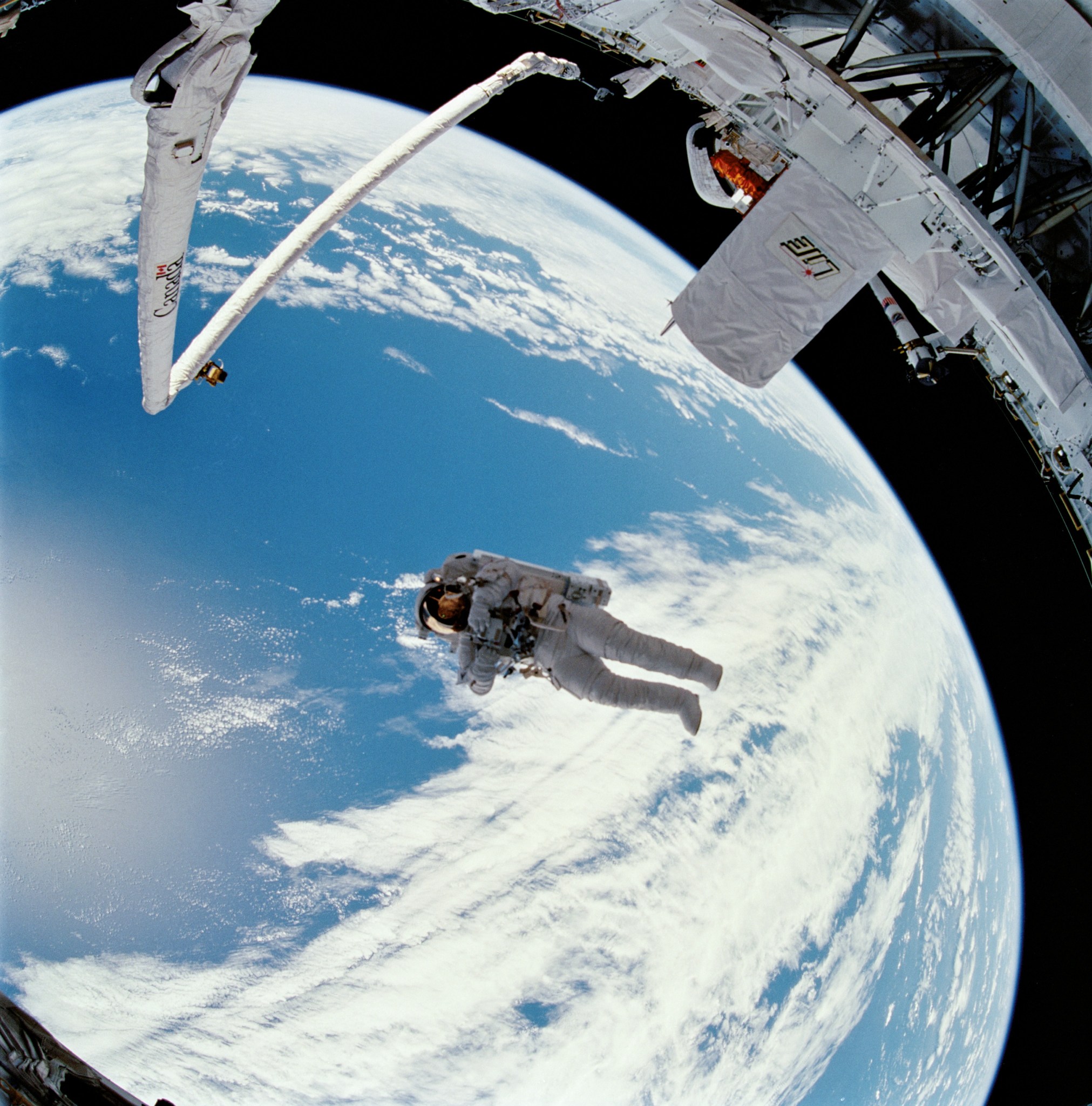In This Week’s Star
- Marshall Team Members May Enter Drawing for Special Pre-release Viewing of ‘The Martian’
- NASA Leadership to Discuss NASA’s ‘Real Martians’ in Live Broadcast Sept. 17
- Construction Begins on Test Version of Important Connection for SLS
- Public Invited as Marshall, U.S. Space & Rocket Center Host Moon Event Sept. 19
- Top Five Teams Awarded $20,000 Each in First Stage of Cube Quest Challenge
- You Can Change a Life: 2015 Combined Federal Campaign Kickoff Set Sept. 22
- MSFC Medical Center’s Dr. Sheela Parrish Excited to Join Marshall
- This Week in NASA History: Astronaut Carl Meade Performs First NASA Untethered EVA in 10 Years — Sept. 16, 1994
- SLS Welding, New Images of Pluto and Ceres Featured On ‘This Week @NASA’
Marshall Team Members May Enter Drawing for Special Pre-release Viewing of ‘The Martian’
NASA has provided technical guidance for the making of the soon-to-be released movie “The Martian.” In recognition of NASA’s participation and, more specifically, the contributions of NASA’s Marshall Space Flight Center in making the journey to Mars a reality, 20th Century Fox is providing Marshall team members a limited number of tickets to attend a special, pre-release viewing of the movie.
This viewing will be held at 4 p.m. Sept. 21, in the National Geographic Theater at U.S. Space & Rocket Center’s Davidson Center for Space Exploration.
Tickets will be distributed to Marshall team members through a random drawing open to both civil servants and contractors. To enter, you must go to the Marshall Exchange Office/Gift Shop in Building 4203 before noon Sept. 17, and present your NASA badge. The Exchange will notify winners that afternoon.
Due to the limited number of tickets, only one will be given to each team member whose name is drawn, and they are non-transferrable. Ticket holders will be required to show their Marshall badge for admittance to the movie. Anyone who wins and is unable to attend is asked to please return your ticket to the Exchange Office.
NASA Leadership to Discuss NASA’s ‘Real Martians’ in Live Broadcast Sept. 17
Leading up to the release of 20th Century Fox Entertainment’s film “The Martian,” NASA Administrator Charlie Bolden, Deputy Administrator Dava Newman and other agency leadership will participate in a discussion Sept. 17, at 1 p.m on NASA’s “Real Martians.”
The event, which will focus on the contributions of NASA team members to make the film’s fictional account of exploration a reality, will be broadcast live from NASA Headquarters on NASA Television and NASA.gov.
Andy Weir, author of “The Martian,” a fictional story reflecting real challenges for astronauts on the Red Planet, will also answer employee questions live. NASA team members can call in their questions for participants during the event by calling 800-369-1936, and using passcode “Martian.”
Additionally, the new Real Martians Web page highlights the contributions NASA team members are making to help get astronauts to Mars in the 2030s through a series of short videos.
To watch the ongoing video series, as well as other stories related to NASA’s journey to Mars, click here.
Construction Begins on Test Version of Important Connection for SLS
By Zac Cameron and Megan Davidson
Strong connection points between the stages of NASA’s Space Launch System — the agency’s advanced launch vehicle for exploration beyond Earth’s orbit into deep space — are essential to ensure that the rocket will withstand the loads it may experience during flight. The Launch Vehicle Stage Adapter, or LVSA, plays an important role in connecting two major sections of the rocket — the core stage and the upper stage.
The upper stage, known as the Interim Cryogenic Propulsion Stage, gives the Orion spacecraft the big, in-space push needed to fly beyond the moon before the spacecraft returns to Earth for the first flight test of SLS. The Orion spacecraft is connected to the upper stage with the Orion Stage Adapter.
Welding of the major panels of a test version of the LVSA began in August at NASA’s Marshall Space Flight Center, where the agency manages the SLS Program.
Marshall engineers, in close partnership with prime contractor Teledyne Brown Engineering of Huntsville, are applying friction-stir-welding capabilities and equipment. The friction-stir-welding process joins large pieces of the LVSA by stirring their edges together without completely melting the metal, resulting in a stronger weld than in standard welding practices. The Marshall weld team also developed an innovative modular tooling concept, which can make different size adapters using the same machinery – reducing costs and build time.
“We are starting to see the test version of the LVSA take shape,” said Brent Gaddes, adapter manager for SLS. “This is a unique structure, which presents some challenges due to its large size and conical shape. However, we have a very capable team, both with Marshall and Teledyne Brown, and are building on our experience with the stage adapter that was used on Orion’s first test flight in 2014.”
Engineers have already completed structural test articles of the Orion stage adapter, core stage simulator and Orion spacecraft simulator. A test article for the interim cryogenic propulsion stage is currently in production at United Launch Alliance in Decatur, Alabama. When the test versions of all the parts are completed, engineers will stack them and move the 56-foot-tall structure to a Marshall test stand for testing to verify the integrity of the hardware and ensure it can withstand the loads it may experience during flight.
The first flight test of the SLS will feature a Block I configuration for a 70-metric-ton (77-ton) lift capacity and carry an uncrewed Orion spacecraft beyond low-Earth orbit to test the performance of the integrated system. As the SLS evolves, it will provide an unprecedented lift capability of 130 metric tons (143 tons) to enable missions even farther into our solar system.
Watch a video about the welding work here.
Cameron, a NASA summer intern, supported the Office of Strategic Analysis & Communications. Davidson, an ASRC Federal/Analytical Services employee, supports the Office of Strategic Analysis & Communications.
Public Invited as Marshall, U.S. Space & Rocket Center Host Moon Event Sept. 19
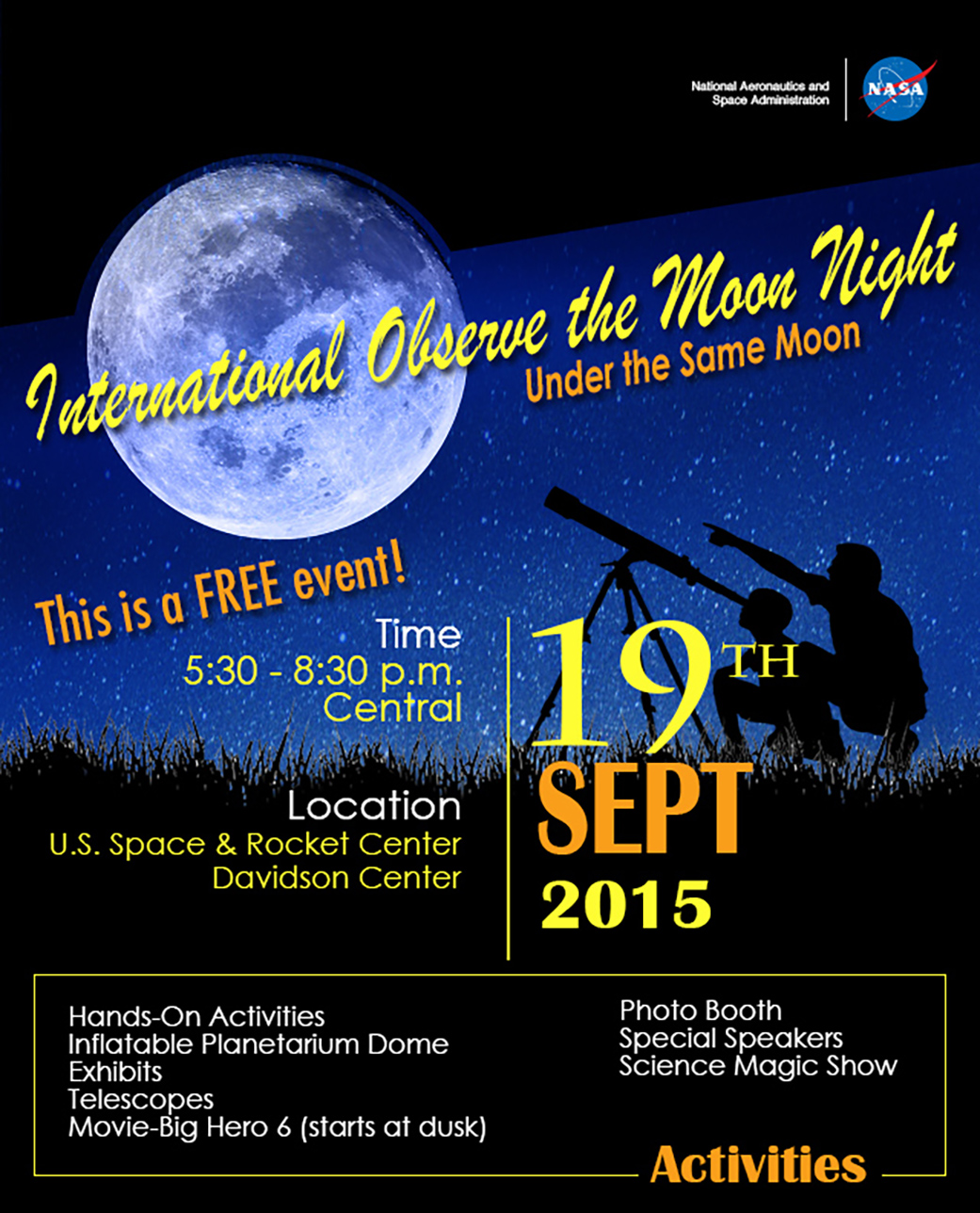
Enjoy an evening of lunar learning and laughs for all ages during “International Observe the Moon Night” Sept. 19 at the U.S. Space & Rocket Center — the official visitor center for NASA’s Marshall Space Flight Center. Hands on activities, exhibits and presentations will be provided by Marshall’s Academic Affairs Office and Planetary Missions Program Office, the Space & Rocket Center staff, Sci-Quest Science Center, the Von Braun Astronomical Society and more. Guest speakers and presenters include Renee Weber, a Marshall planetary scientist; children’s science show host Janet Ivey and her “Tour of the Solar System” program; science magician Darrell Osborne; and Brian Day, acting project manager for NASA’s Solar System Research Virtual Institute at the Ames Research Center. He will join Marshall education specialist Scott Anderson via video on NASA’s Digital Learning Network. Day served as the public outreach lead for several NASA moon missions including Lunar Atmosphere and Dust Environment Explorer and the LCROSS lunar impactor mission; which discovered deposits of water ice on the moon’s South Pole.
Top Five Teams Awarded $20,000 Each in First Stage of Cube Quest Challenge
By Janet Sudnik
Five top teams were recognized at an agency ceremony Sept. 9 for completing the first milestone of NASA’s $5.5 million Cube Quest Challenge. Thirteen teams competed in the first of four ground tournaments in the competition, and the top five will each be awarded $20,000.
The five top-scoring teams for Ground Tournament-1 are Team Miles of Tampa, Florida; MIT KitCube of Cambridge, Massachusetts; Cislunar Explorers of Ithaca, New York; Novel Engineering of Cocoa Beach, Florida; and Ragnarok Industries of Wilmington, Delaware.
Cube Quest is a competition to build flight-qualified, small satellites capable of advanced communication and propulsion near and beyond the moon. Teams that achieve top performance at high-speed data communications, navigation and survival after achieving lunar orbit or a minimum long-distance range from Earth have a shot at the multi-million prize purse in NASA’s first ever in-space challenge. Cube Quest is part of NASA’s Centennial Challenges Program, which accelerates technology by engaging non-traditional sources in competition.
The ground tournaments are ground-based checkpoints that give judges a chance to review the teams’ progress and to encourage advancement with awards.
“We are excited to have completed the first of four ground tournaments in the Cube Quest challenge,” said Monsi Roman, program manager of NASA’s Centennial Challenges. “Cubesats are a technology with commercial space potential. For 10 years, we have supported challenges that research the innovative solutions needed for NASA’s future exploration goals, and this event is one of many steps toward our journey to Mars and beyond.”
Ground Tournament-2 is scheduled for February 2016. After the final ground tournament, Cube Quest will continue with the Deep Space and Lunar Derbies. The Deep Space Derby will focus on deep space communications using small spacecraft, and the Lunar Derby will focus on propulsion for small spacecraft and near-Earth communications.
To learn more about the Cube Quest Challenge, click here.
Sudnik, an ASRC Federal/Analytical Services employee, supports the Office of Strategic Analysis & Communications.
You Can Change a Life: 2015 Combined Federal Campaign Kickoff Set Sept. 22
By Jenalane Rowe
The Tennessee Valley Combined Federal Campaign is gearing up for its annual goodwill drive with a kickoff event on Sept. 22 at NASA Marshall Space Flight Center’s Activities Building 4316 from 1-3 p.m. All Team Redstone employees are invited to attend.
The kickoff event will highlight this year’s campaign theme, “You Can Change a Life,” and will include remarks by Marshall Center Director Patrick Scheuermann and entertainment by the Army Materiel Command Band. Pam Clasgens, development director at HEALS Inc., will speak. A charity fair, showcasing 40 local non-profit organizations, will provide an opportunity for participants to learn about charities that benefit from the CFC.
Bus transportation to and from the event will be provided. Come out and enjoy the entertainment and refreshments, register to win a door prize, learn about non-profit organizations that benefit from CFC and discover how you can change a life.
For more information about CFC, bus tours, service days and ways to give, visit the CFC ExplorNet page.
Rowe, an ASRC Federal/Analytical Services employee, supports the Office of Strategic Analysis & Communications.
MSFC Medical Center’s Dr. Sheela Parrish Excited to Join Marshall
By Brian C. Massey
Recently, Dr. Sheela Parrish joined NASA Marshall Space Flight Center’s Medical Center as its newest staff physician. She joins Dr. Joseph Musick and staff to provide occupational and preventive medicine services for Marshall team members.
The Medical Center staff includes a nurse practitioner, nurses, occupational and environmental health personnel and emergency medical technicians who care for the Marshall workforce.
As a young child growing up in India, Parrish was inspired by the work of her parents. Both worked for the Indian government helping to develop communities and teach people to live healthier lives. “Through my parents’ devotion to helping others, I developed a strong interest in people and medicine,” said Parrish.
Her family, including her five sisters, moved to Canada when Parrish was 10 years old. After she graduated high school, the family moved to Huntsville. Her father taught business courses at the University of Alabama in Huntsville, where she earned a bachelor’s degree in biology before attending dental school at the University of Alabama at Birmingham.
“During my studies in dental medicine, I realized that while oral health is an integral part of one’s overall health,” she said, “I wanted to study the pathophysiology of the whole body.” After completing her Doctor of Dental Medicine degree, Parrish entered the University of Alabama School of Medicine at Birmingham where she earned a Doctor of Medicine degree.
After completing her family practice residency at UAB’s Huntsville campus, she accepted a position with Huntsville Hospital. For seven years, she provided medical care to patients of all ages, ranging from newborns to geriatric patients in a rural setting, as well as at the Huntsville Hospital emergency room.
In 2003, Parrish joined the Department of Veteran Affairs Huntsville-Based Outpatient Clinic, where she provided comprehensive care for veterans of all ages. Parrish considers this experience as not only an honor, but it also helped her develop professionally treating patients with multisystem acute and chronic disorders.
With the MSFC Medical Center, Parrish provides occupational medicine services, which focus on the diagnosis and treatment of work-related injuries and illnesses and the factors that affect health in the workplace.
The Medical Center contributes to the overall safety of Marshall by ensuring team members in hazardous occupations meet strict health standards; to make sure tasks are performed safely. The staff also works closely with the Industrial Hygiene team in the Environmental Engineering and Occupational Health Office to mitigate hazardous exposures facing employees.
Marshall has been a part of Parrish’s family for the past 25 years. Her husband, Greg, is a program manager for ground support equipment for the Space Launch System program. “It is exciting for both of us,” she said, “to be working at the same place doing the work we both love.”
Massey, an ASRC Federal/Analytical Services employee and the Marshall Star editor, supports the Office of Strategic Analysis & Communications.
This Week in NASA History: Astronaut Carl Meade Performs First NASA Untethered EVA in 10 Years — Sept. 16, 1994
This week in 1994, STS-64 astronaut Carl J. Meade tests the Simplified Aid for EVA Rescue system 130 nautical miles above Earth. The mission, flown aboard the Space Shuttle Discovery, was the first untethered U.S. extravehicular activity in 10 years. The NASA History Program documents and preserves NASA’s remarkable history through a variety of products — photos, press kits, press releases, mission transcripts and administrators’ speeches. For more pictures like this one and to connect to NASA’s history, visit the History Program’s Web page.
SLS Welding, New Images of Pluto and Ceres Featured On ‘This Week @NASA’
Welding for NASA’s newest rocket, plus new images of dwarf planets Pluto and Ceres were featured in the latest edition of “This Week @NASA,” a weekly video program broadcast nationwide on NASA-TV and posted online.
Welding for a test version of the Launch Vehicle Stage Adapter for NASA’s Space Launch System rocket began at NASA’s Marshall Space Flight Center. The adapter connects two major sections of the SLS — the core stage and the upper stage. When test versions of all the rocket’s parts are completed, engineers will move the 56-foot tall structure to a test stand to verify the integrity of the hardware.
NASA’s New Horizons spacecraft started its yearlong data download, already providing images that reveal a diverse and complex Pluto system. Some of the early imagery appears to feature possible dunes; ice flows that apparently oozed out of mountainous regions onto plains; ice lakes; and valleys that may have been carved out by flowing material. The New Horizons spacecraft is part of NASA’s New Frontiers program and is managed by Marshall.
Finally, the closest-yet images of the gleaming bright spots on Ceres were transmitted from NASA’s Dawn spacecraft, orbiting the dwarf planet. The images are a composite view made from two different shots, plus using virtual fly-around animations. They include a topographic map and have three times better resolution than previous images taken in June.
View this and previous episodes at “This Week @NASA” or at https://www.youtube.com/user/NASAtelevision.
